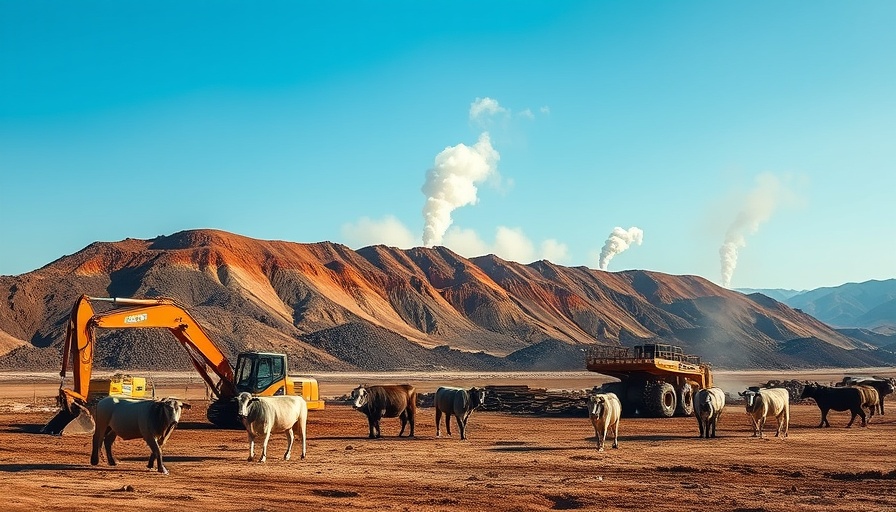
Pocotaligo River's Alarming PFAS Levels Highlight Urgent Environmental Crisis
The Pocotaligo River in South Carolina has recently been identified as the most contaminated river in the United States with per- and polyfluoroalkyl substances (PFAS), also known as 'forever chemicals.' This revelation, unearthed by the Waterkeeper Alliance, poses severe risks not only to the aquatic ecosystem but also to communities dependent on the river for fishing and recreational activities.
Environmental attorney Carl Brzorad from the Southern Environmental Law Center expressed deep concern over the findings, asserting that industrial discharges from the Sumter wastewater treatment plant are a primary contributor to the contamination. The facility, unfortunately, lacks the necessary technology to treat these hazardous chemicals, leading to direct pollution of the river. 'The industrial polluters need to treat their PFAS so that it doesn’t poison rivers and fish,' Brzorad emphasized.
Understanding PFAS: The Hidden Threats
Although the Pocotaligo is not currently utilized for public drinking water, its contamination raises alarms for future water supply efforts, especially as groundwater resources diminish. PFAS are notorious for being persistent in the environment and human body, leading to adverse health effects including immune system disruption, hormonal imbalances, and potential links to certain cancers.
A recent report titled 'Unnatural, Unbreakable, Unseen: Uncovering PFAS Contamination in Frontline Communities' reveals that a staggering 98 percent of U.S. waters are tainted with PFAS. Elevated levels have been detected in 95 percent of sites downstream from wastewater treatment plants. This alarming data suggests a widespread environmental crisis that disproportionately affects marginalized communities.
The Disproportionate Impact on Vulnerable Communities
Vanessa Muñoz, the Waterways Program Manager at the Hispanic Access Foundation, highlighted the unfortunate reality: 'Latino and other communities of color are disproportionately faced to bear the burden' of PFAS exposure. This underscores a critical social justice issue where marginalized populations are often located near pollution sources, exposing them to greater health risks.
Furthermore, the contamination levels have shown to exceed health-based criteria established by the Environmental Working Group at all wastewater treatment facilities studied. Disturbingly, some sites have concentrations of PFOS and PFOA—two of the most dangerous PFAS compounds—exceeding federal drinking water thresholds.
A Call to Action for Enhanced Regulation
Critics argue that the South Carolina Department of Environmental Services (DES) has failed to utilize the Clean Water Act to regulate PFAS emissions effectively. This regulatory gap allows industries to bypass accountability, allowing toxins to seep into vital water sources. 'DES has never set limits on PFAS in a discharge permit,' noted Brzorad, pointing towards a significant ecological oversight.
In order to combat the PFAS crisis, regulatory frameworks need to be established to limit industrial discharges, coupled with robust community awareness initiatives that will drive action and safeguard public health. With growing evidence of PFAS's pervasive nature and health implications, immediate remedial measures are imperative.
Conclusion: A Community's Call for Clean Water
The alarming findings surrounding the Pocotaligo River serve as a wake-up call to both officials and communities alike. As efforts continue to expose and mitigate PFAS contamination, it becomes crucial for residents to advocate for stronger legislation and proactive measures to protect their environment and health.
 Add Row
Add Row  Add
Add 




Write A Comment